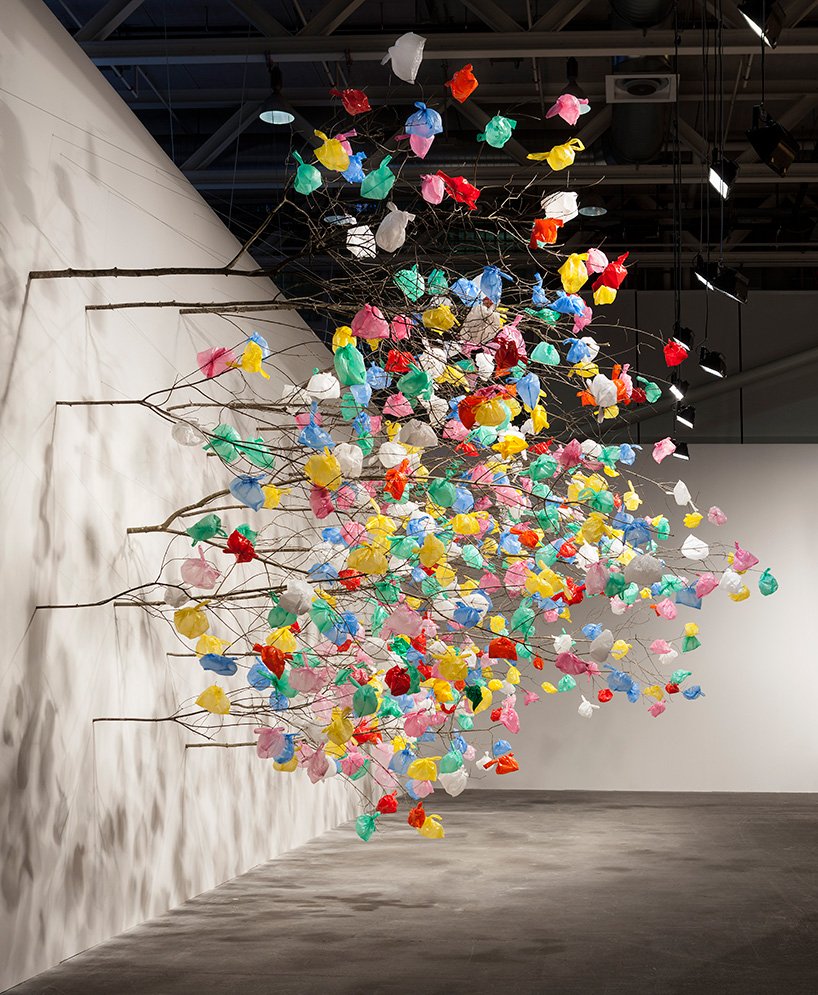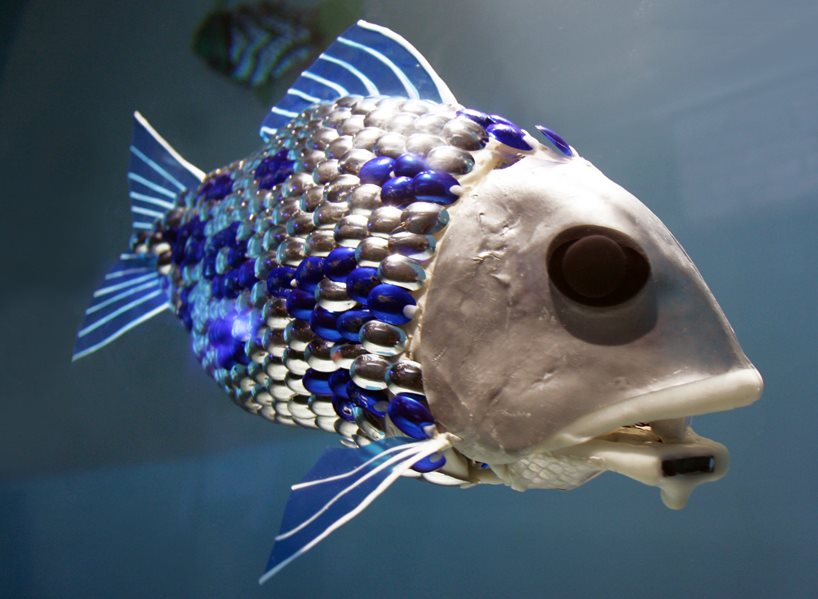
MARCO BAROTTI
MOSS
Depuis le début de la pandémie, la pollution de l’air a diminué dans de nombreuses régions du monde. Nous assistons à un moment sans précédent en termes de réduction des émissions industrielles et de l’empreinte carbone. Moss est une sculpture sonore cinétique alimentée par des données sur la qualité de l’air générées par l’indice mondial de la qualité de l’air. La sculpture vivante est conçue pour analyser l’air de nos villes et réinterpréter les données avec des modes de respiration et des paysages sonores en évolution. De Berlin à Bombay, Moscou et Pékin. Le public peut expérimenter en temps réel la qualité de l’air du monde transformée en une installation sonore cinétique. Le projet contribue à la recherche mondiale et incite les citoyens à participer au débat sur la qualité de l’air et la démocratie sur terre. Moss vise à créer un engagement civil en apprenant de la sagesse de la nature et du service de la technologie.





